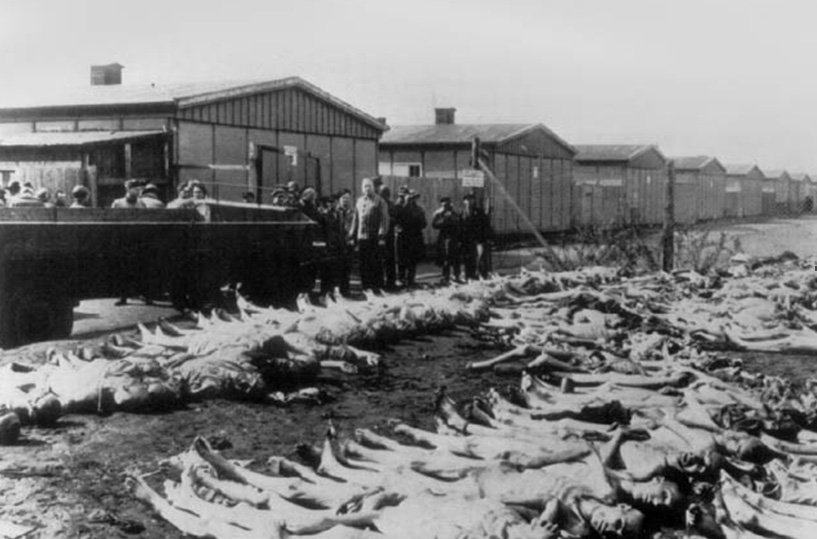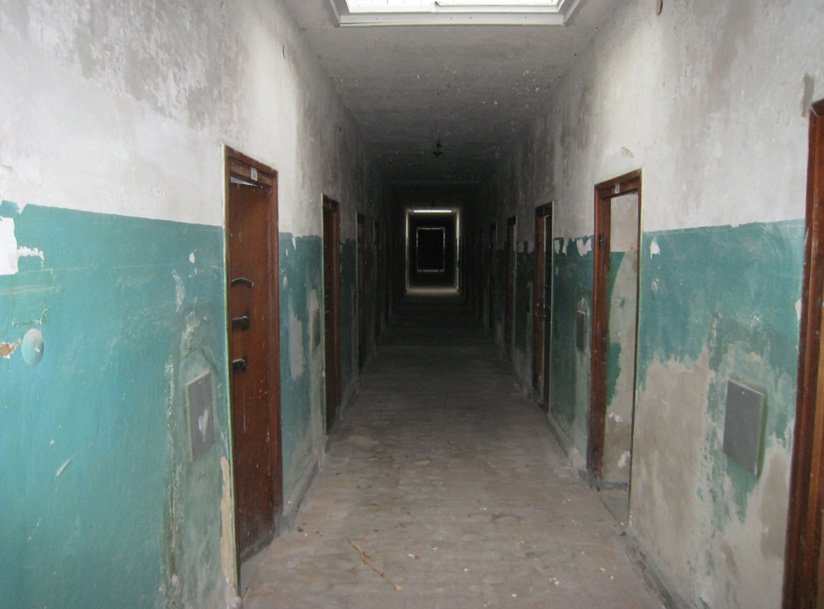America
Dachau concentration camp memorial: A chilling reminder of Nazi atrocities (Travel with MP Prabhakaran)


 This picture is displayed in the photo section of the Dachau Concentration Camp Memorial, near Munich, Germany
This picture is displayed in the photo section of the Dachau Concentration Camp Memorial, near Munich, Germany

 This picture is displayed in the photo section of the Dachau Concentration Camp Memorial, near Munich, Germany
This picture is displayed in the photo section of the Dachau Concentration Camp Memorial, near Munich, Germany